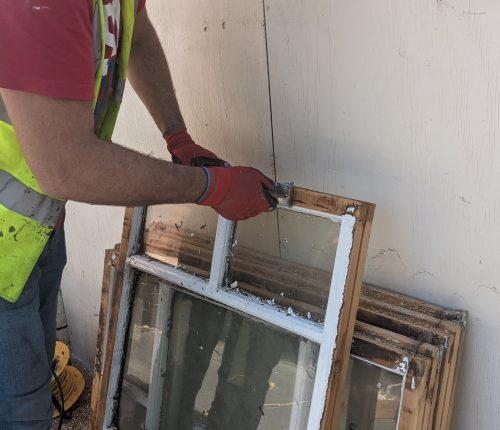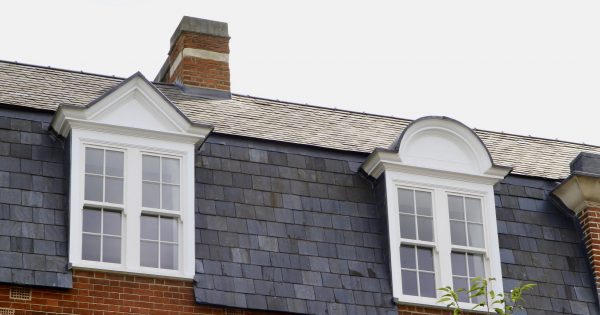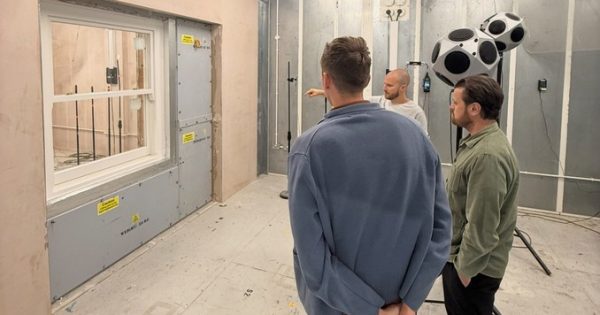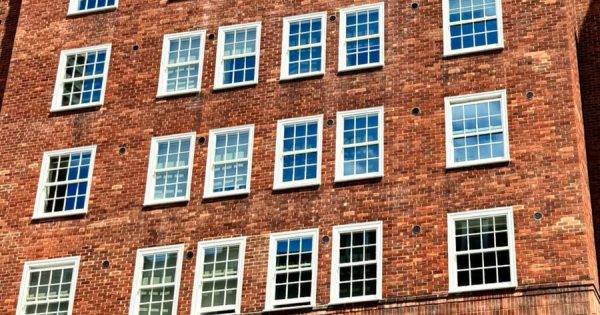Wed May 7
The TRC Contracts approach for architects and specifiers
As heritage restoration specialists, we at TRC Contracts are committed to maintaining the highest standards of health and safety on every project. Nowhere is this more critical than when dealing with lead-based paint – a common hazard in historic buildings.
For architects and specifiers overseeing large-scale restoration schemes, understanding how we manage these risks is crucial. In this article, we explain how our Health & Safety consultants produce robust method statements and outline the additional control measures we employ for projects where lead-based paint is present.
Decisive risk assessment and method statement preparation
From the outset, our process is grounded in detailed knowledge and regulatory compliance.
Before any work commences, a lead survey is either carried out by the client or commissioned by us using a specialist company. This company takes samples of the existing paint finish or substrate and submits them to a laboratory for testing and reporting.
The findings directly inform a project-specific risk assessment and Safe Method of Work Statement. These documents, developed in line with the Control of Lead at Work (CLAW) Regulations 2002 and the Construction (Design & Management) Regulations 2015, become the operational blueprint for the site team.
For projects where lead is identified, the method statement incorporates additional requirements and controls to address the hazard. By contrast, on sites without lead-based paint, the risk assessment and method statement are tailored to the standard hazards encountered during restoration, allowing for more streamlined procedures.
Comparison: Working with and without lead-based paint
The presence of lead-based paint introduces a number of robust, legally mandated controls absent from standard refurbishment work. Below we set out the most significant differences:
Containment and cleanliness
- Sheeting up and segregation: When lead is present, we protect all surfaces – walls, floors, and work areas – with plastic sheeting. This facilitates effective decontamination and prevents spread of hazardous dust. Where lead is absent, standard cleaning regimes are sufficient.
- Controlled work areas: Windows with lead-based paint are removed to specific workshops with tightly controlled access and enhanced cleaning procedures. For non-lead projects, window refurbishment can usually take place in situ.
Dust management and specialist equipment
- Class H extraction: We employ specialist Class H extractors with HEPA filters for any task that could generate lead dust, including “shadow” vacuuming during scraping or sanding. On other projects, standard dust extraction suffices.
- Cleaning protocols: All surfaces, tools, and PPE are wiped down at shift’s end, with contaminated wipes and materials disposed of as hazardous waste. Ordinary projects require routine cleaning only.
Personal protective equipment (PPE) and hygiene
- Enhanced PPE: Staff use disposable overalls, nitrile gloves, and FFP3 respirators, all of which must be cleaned or disposed of at every shift. Strict protocols govern PPE donning and doffing to avoid secondary contamination.
- Personal hygiene: Dedicated clean down areas and scheduled hygiene breaks are enforced. Hand washing and decontamination are non-negotiable prior to eating, drinking, or leaving site.
Health surveillance and supervision
- Ongoing blood testing: All personnel working with lead are enrolled in a health surveillance regime, including regular blood tests to monitor exposure in line with CLAW Regulations. This level of medical monitoring is not required on non-lead sites.
- Supervision and audit: Projects involving lead require enhanced supervision. We increase the frequency of supervisor checks and independent Health & Safety consultant site audits to ensure that controls remain effective throughout the project’s life cycle.
Method statement: Step-by-step enhanced controls
For any project with significant lead risks, the method statement sets out the following enhanced control measures:
- Work area preparation: Only authorised and trained personnel may access lead risk zones, which are clearly demarcated and signed.
- PPE protocols: Operatives receive training in the use and disposal of all required PPE. PPE cannot be worn outside the work area and must be treated as contaminated.
- Waste management: All waste, including used PPE and lead dust, is bagged, double-contained, and transferred to certified waste handlers for safe disposal.
- Hygiene management: Break times are scheduled to allow for hygiene supervision and regular cleaning. Hand washing stations and disposable cleaning products are provided within work zones.
- Health surveillance: Medical assessments and regular blood lead level testing are coordinated through our occupational health partners. If any test results approach action or suspension levels, we remove the operative from work involving lead until safe levels are confirmed.
- Training and awareness: Comprehensive lead awareness training is given to every employee involved, reinforced via regular toolbox talks.
- Regular auditing: Our Health & Safety consultants regularly audit the site, with an increased visit schedule if any aspect of the control regime requires adjustment.
Setting the standard for safe restoration
Working with lead-based paint requires a level of control and vigilance that goes far beyond standard refurbishment works. At TRC Contracts, we leave nothing to chance – our procedures, supervision, and health surveillance regimes are robust and fully aligned with statutory requirements.
Our approach ensures not only the safety of our teams but also the integrity and compliance of your restoration projects. Should you require detailed information for specifications or pre-construction planning, our Health & Safety team is happy to provide full transparency on our lead management protocols.
Get in touch to discuss how our expertise can help you deliver historic restoration projects safely, compliantly, and to the highest standard.





